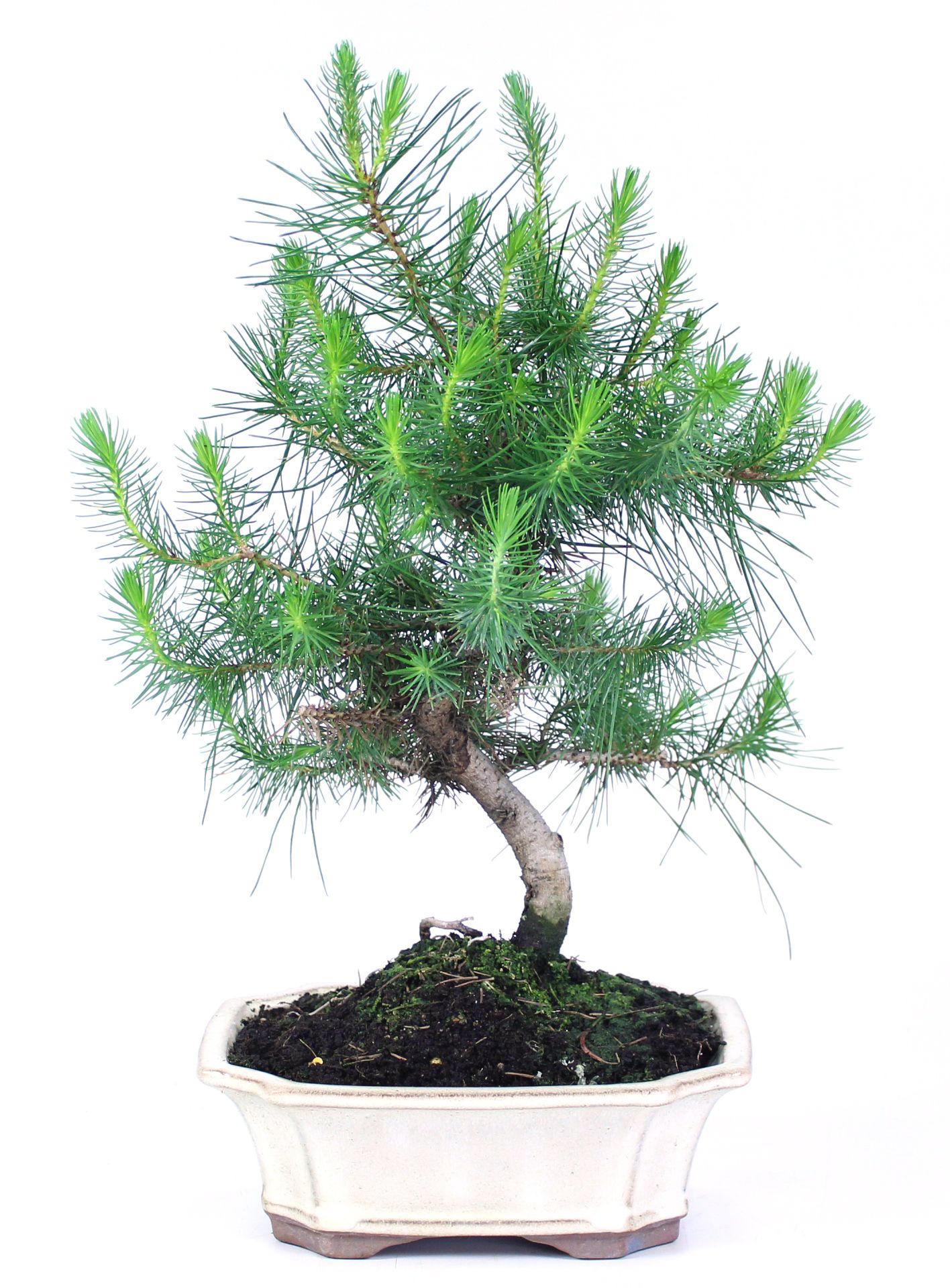Characteristics
Evergreen tree, with leaves called “needles”. It belongs to the order of conifers, since its fruit is cone shaped. Of grayish branches and bark. Very resistant to arid conditions. At the root level, it associates with fungi to form the famous mycorrhizae, thus improving its nutrient absorption.
Location
It has to be located outdoor, in full sun. It is one of the trees most in need of sun exposure.
Watering
Pine trees require controlled irrigation. An excess of it, especially if the substrate does not drain well enough, is fatal to the life of mycorrhizae. These are fungi whose roots (hyphae) act in symbiosis with those of pine, helping them to absorb mineral elements from the soil, such as phosphorus.
Fertilization
Spring and autumn. It is preferable to use organic fertilizers, favouring and protecting mycorrhizae.
Re-potting
Every 3 years.
Substrate
100% Kiryuzuna, or mixed with a 50-70% of Akadama.
Or, if not available, Mistral Bonsai TERRABONSAI can also be used.
After transplanting it is convenient to water with a solution of VITABONSAI from Mistral Bonsai, to accelerate the recovery of the tree.
Pruning and pinching
Pruning
Done in the coldest months of the year. Whenever we can, we have to leave needles and buds on the branch when pruning, otherwise it will dry.
Pinching
At the spring growth of the candles. First, we will slow the strongest ones, by breaking them with the fingers and leaving only 1/3 of the candle. Then, we will break the medium ones in half. Of the weak ones, we will only eliminate 1/3 and, if they are very weak, we will not touch them. We must do this before the needles deploy; Generally, in the month of March.
Wiring
From October to March. Preferably with copper wire, since they are very flexible trees, wire must remain a long time.
Curiosities
Forest fires favour the extension of these pines, since the fire explodes the pinecones, spreading the seeds.

